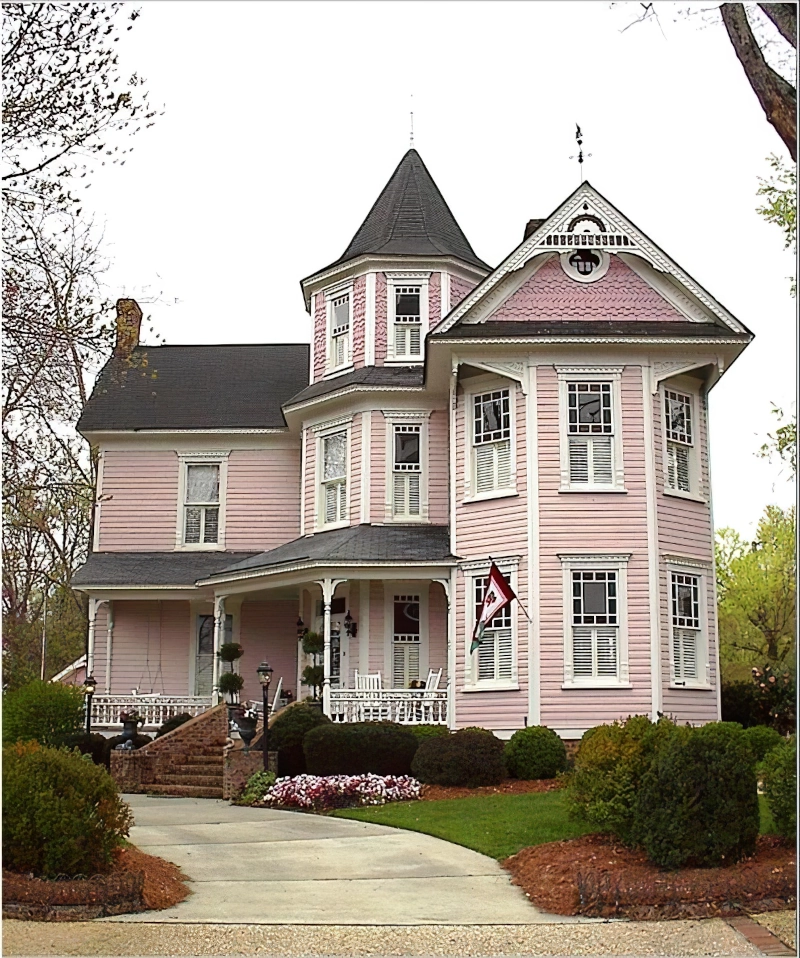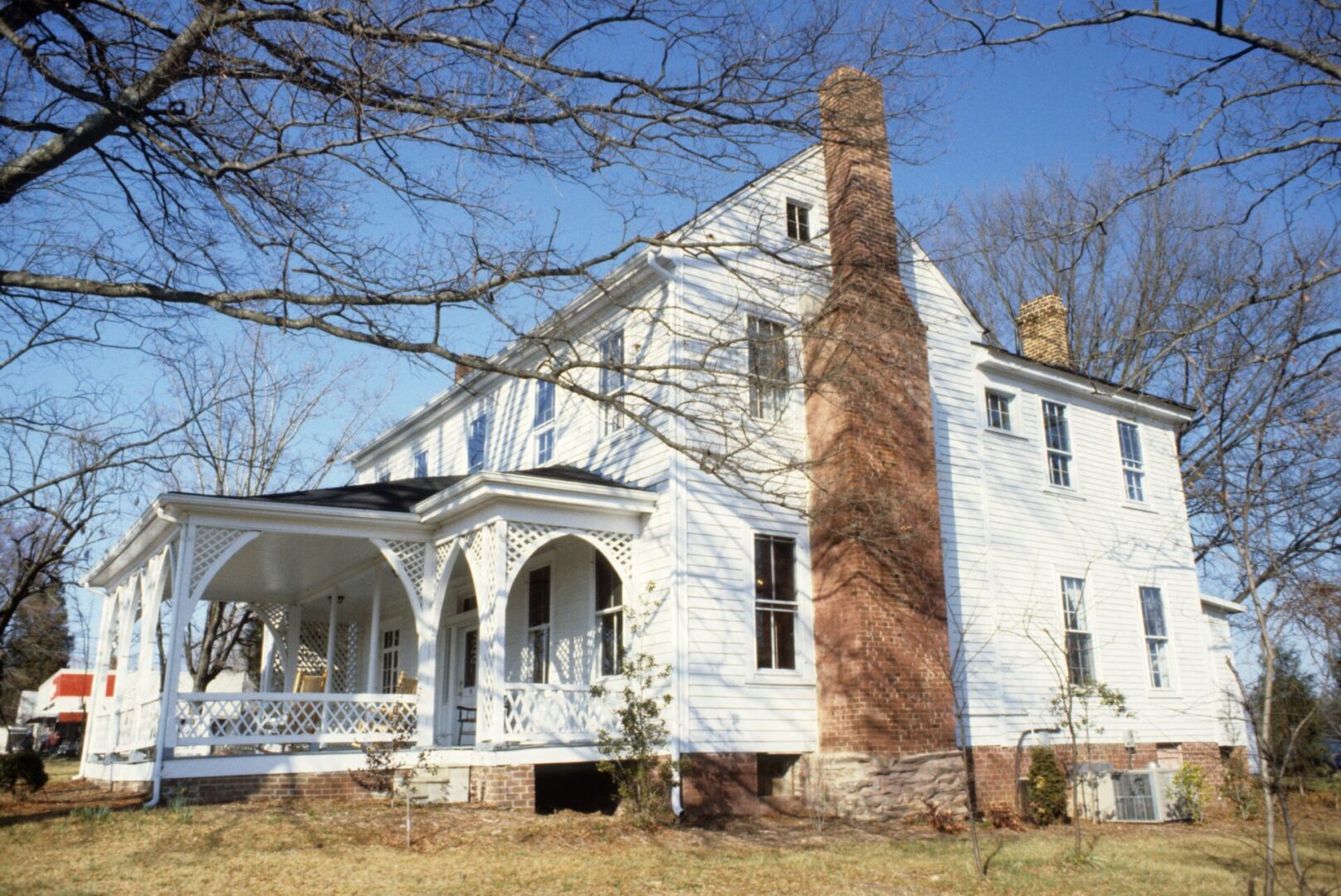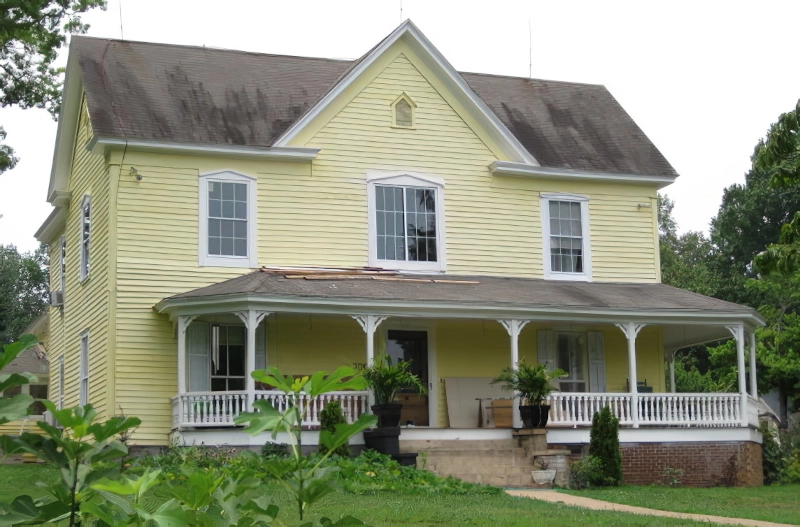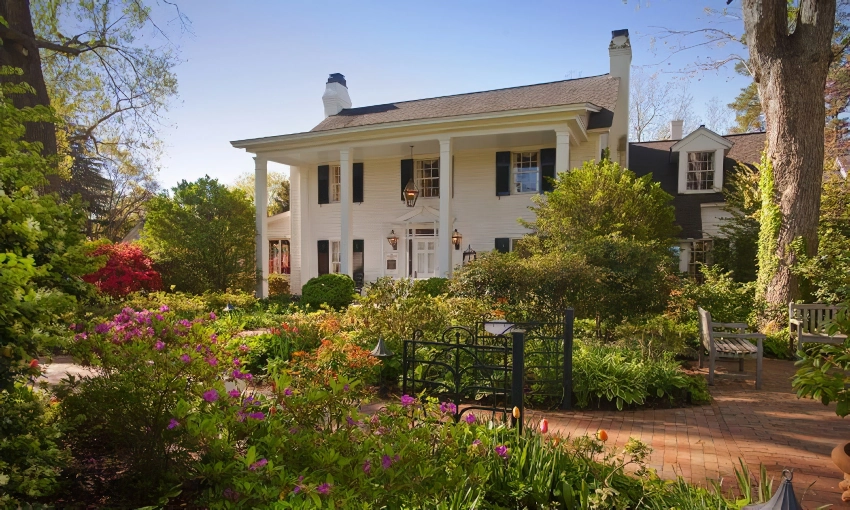Historically Speaking
Every county in North Carolina has its own unique history. As for Chatham County, there is much to be said about its agricultural, industrial and mining industries. Formed in 1771 by early European settlers, Chatham County boasts a host of historical sites.
Named in 1758 for William Pitt, the first Earl of Chatham, early English Quakers created the foundation for Chatham County’s past, present and future.
Guess-White-Ogle House – Cary, NC:

The Guess-White-Ogle House in Cary, NC was deemed a historical landmark for its architectural innovations. It was built in several stages during the mid-18th century on S. Academy Street. Railroader Captain Harrison P. Guess purchased the property in 1880 before if was remodeled by Baptist minister John White. Cary local tradition tells the story of White building a tower so that he could look out over the town while writing his sermons.
The home was designated a Wake County Landmark in 2008 and is currently owned by Carroll and Sheila Ogle.
WHERE: Guess-White-Ogle House
Hall-London House – Pittsboro, NC:

The Hall-London House was built in 1836 in Pittsboro. Henry A. London, who was a lawyer, state senator and founder/editor of the Chatham Record, called this house his home. A home that holds a great amount of United States history- the Winnie Davis chapter of the United Daughters of Confederacy was founded in the Hall-London House in 1989 by London’s wife, Bettie Louise Jackson.
Today, this Hillsboro Street home is currently being used by a local law firm and is honoring the lifelong career of Henry London himself.
WHERE: Hall-London House
O’Kelly’s Chapel – Farrington, NC:

O’Kelly’s Chapel is also known as the one of the “mother churches” of the United Church of Christ. Named for Rev. James O’Kelly, the chapel itself is recognized as the first congregation of the “Christian Churches.”
O’Kelly himself published one of the earliest anti-slavery tracts by an American clergyman in 1789. Leading several ministers and congregations in organizing a group independent of the Republican Methodist Church, his group eventually took the name “Christian.”
WHERE: O’Kelly’s Chapel
Chatham County Courthouse – Pittsboro, NC:

Built in 1881 for $10,666, the Chatham County Courthouse sits in the center of Pittsboro. Modeled in the late Victorian style, its most dominant feature is a two-story classical portico. An addition floor was added in the 1930s.
Although extensive renovations were performed on the building itself, the Chatham County Courthouse suffered much damage in a fire in March of 2010. Today, you can visit the restored courthouse featuring its own exhibit on Chatham County history.
WHERE: Chatham County Courthouse
Snipes-Fox House – Siler City, NC:

The Snipes-Fox House in Siler City has been deemed a local historical landmark, attributing its charm to its classic Victorian style features. The home represents one of Siler City’s earliest examples of a turn-of-the-century vernacular frame house. Built by Alvis Snipes in 1900 in the town’s first true residential neighborhood, the home quickly became one of the most popular landmarks in the area.
Situated on a one-acre lawn of pine and oak trees, the house also features a frame front-gables smokehouse. While it is known for its Victorian detail, a Gothic Revival influence is present in the steep roof. As an architectural treasure in the 1900s, the Snipes-Fox House is still revered as a piece of Siler City history.
WHERE: Snipes-Fox House
Tags: Cary, Chatham County, History, Pittsboro, Siler City

